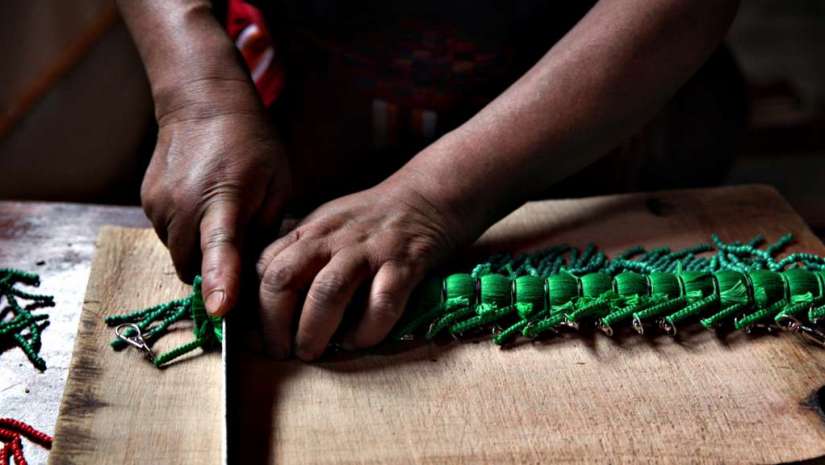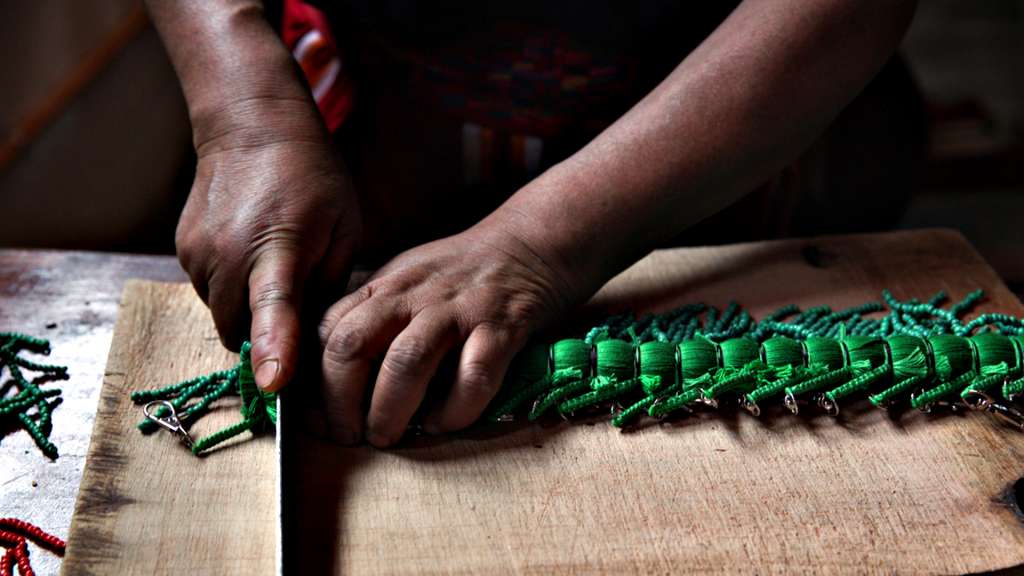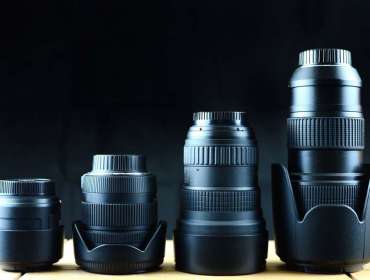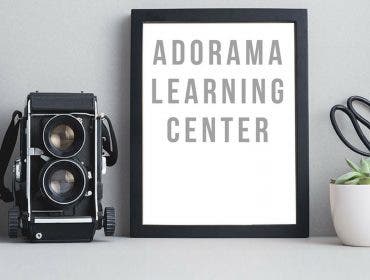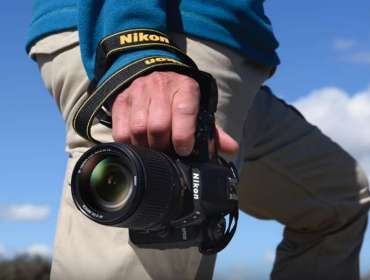Initially, I was being sent on a photography assignment in Guatemala for The Coffee Trust, an NGO that does development work in coffee growing regions. No worries – been there, done that, and I speak Spanish. Then a few weeks before my departure, I received the list of assets the organization wanted me to deliver and half of what they wanted was video.
I had to restructure my thinking, rethink the gear I needed and determine how I would travel on foot through mountainous rural Guatemala with the right gear to shoot high-quality video and stills. It’s in these situations that I use what I call, my “Peace Corps brain”.
I served in Guatemala from 1993-1995 and while there I learned and adopted for life the idea of using and assessing what is the appropriate technology for each assignment. Of course, there are very sophisticated cameras, lenses, mics, and audio recorders that could shoot and record footage with quality worthy of winning an award at Sundance, but that was not THIS assignment. This assignment was for a small NGO with a limited budget that needed to tell its story on social media and on their website. In fact, in many ways, flashy, high budget assets would be counterproductive to their goals.
I shoot with only one camera body on me at a time. This is because I am a really kinetic shooter and I feel encumbered with two cameras on me at the same time. I am also a fairly small person and the size and weight of my gear is an important factor, especially when traveling.
My Canon 5D Mark III shoots beautiful video, but for me, is not ideal for shooting handheld. I could have used a Sony a7RII to shoot both the stills and the video – it’s smaller and lighter than my Canon. But I needed to rely on a still camera that I know well. I don’t own a Sony a7RII yet and I didn’t want to leave my Mark III behind. Truthfully, I can’t live without my Canon 50mm 1.2 – it had to come on the trip and do its magic.
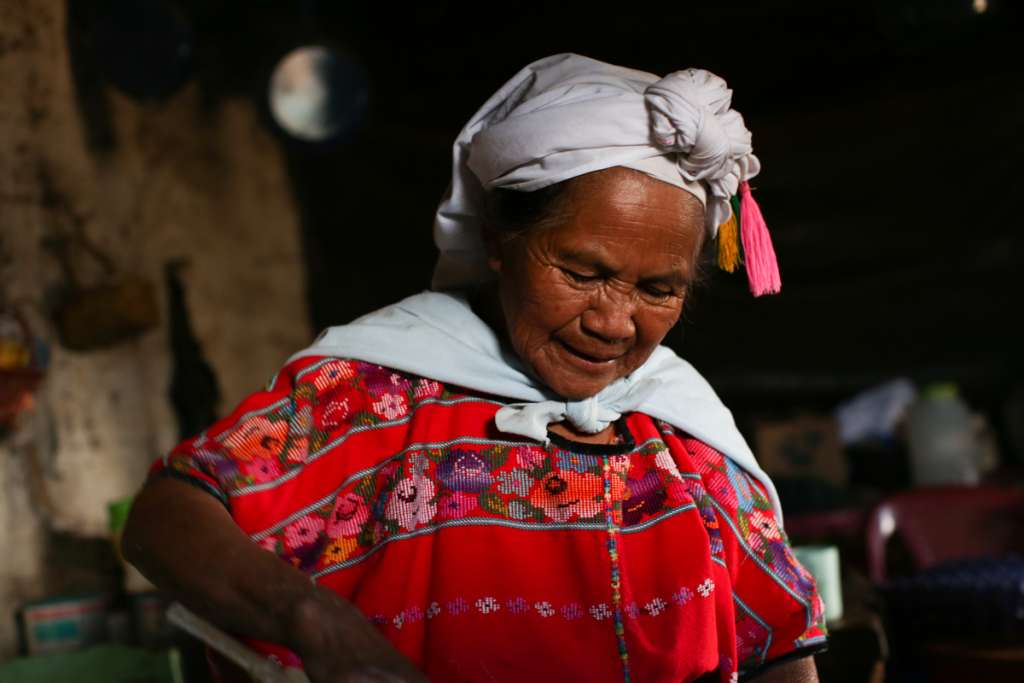
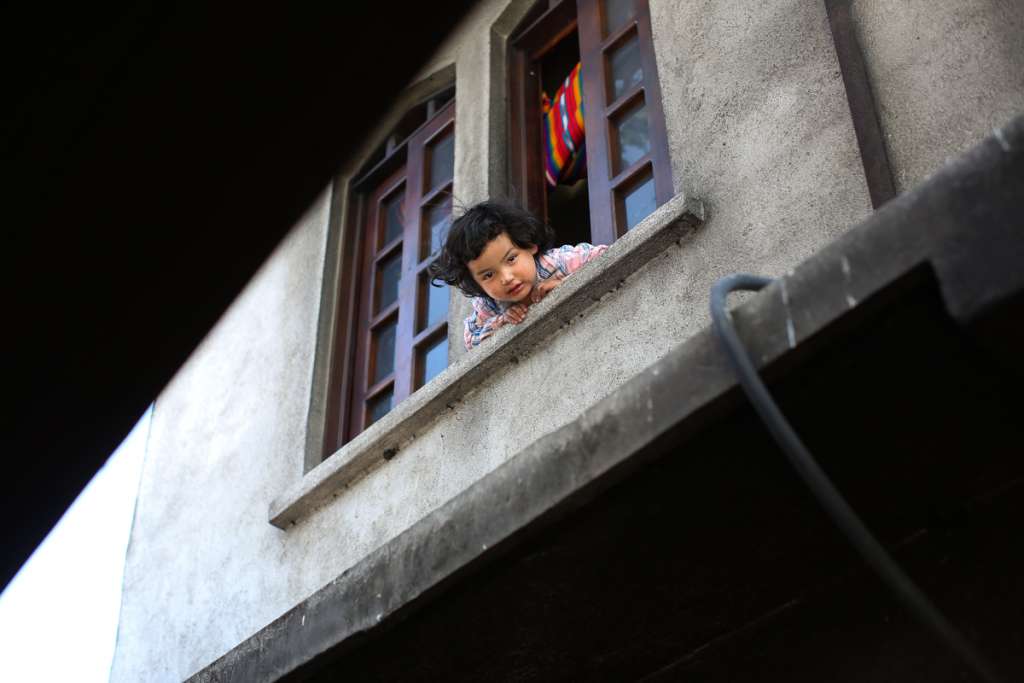
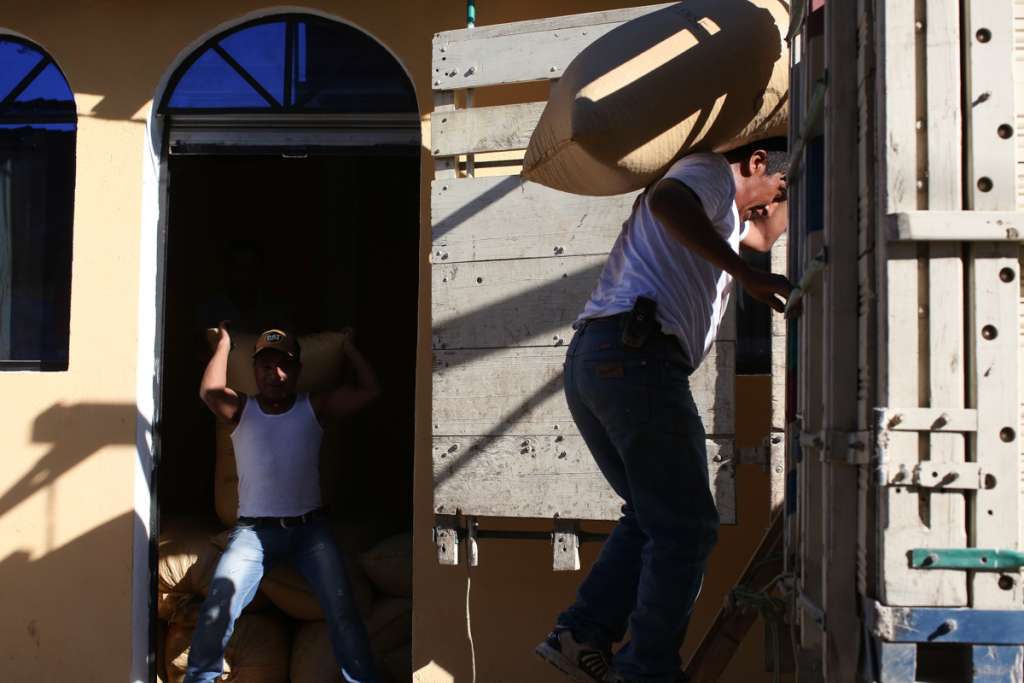
So finally, this is what I packed:
- Canon 5d mark III
- Canon 50mm1.2
- Canon 24-70 2.8
- Canon 85mm 1.8
- Canon Speedlight
- Sony a7RII
- Sony 24-70mm 4.0
- Sennheiser MKE shotgun mini mic
- Manfrotto PIXI mini tripod that doubles as a grip
- Manfrotto video monopod
Note: if you are traveling with the Sennheiser mic I recommend bringing at least one replacement windscreens. Because the mic is small and light the windscreen is easy to lose and comes off rather easily. You can tape it down with a little gaffers tape but I would still bring an extra. Better safe than sorry.
In addition to the camera gear I also brought my Macbook Pro and two external drives – a GDrive that is fast enough to quickly download video and a Lacie Rugged Drive to back it up to. All of this gear fit compactly into my ThinkTank airport roller bag and my Thinktank lumbar pack.
On the first day shooting I traveled mostly by car. I wore my camera around my shoulder with my Black Rapid curve strap. I love this strap because when I have to pull my airport bag and carry a video pod, I can lock the camera in one position and not worry about it moving and swinging around.
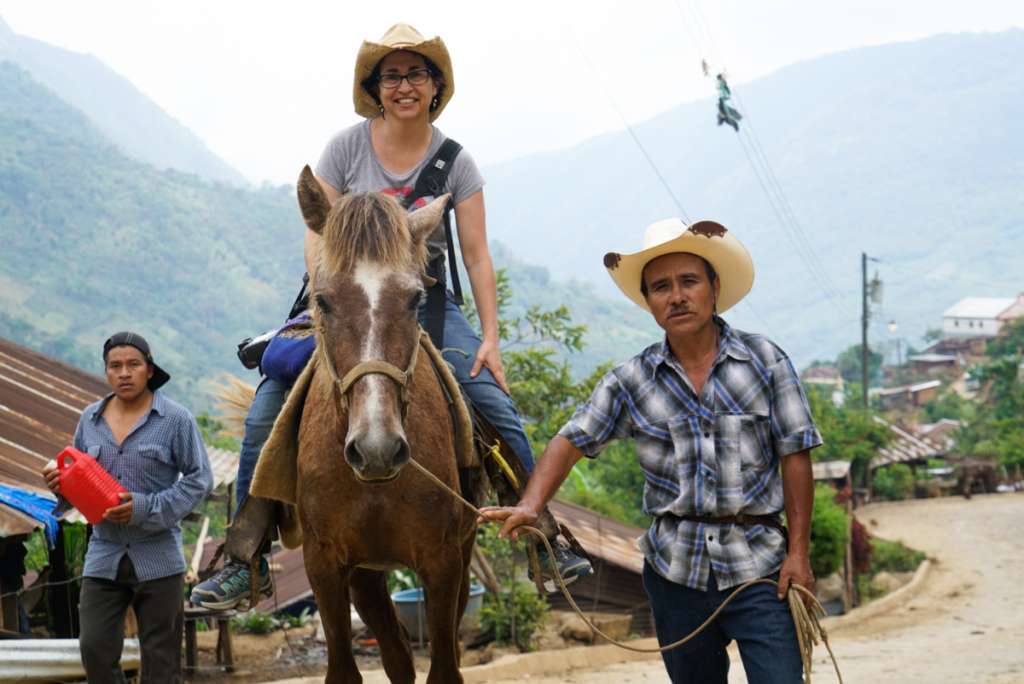
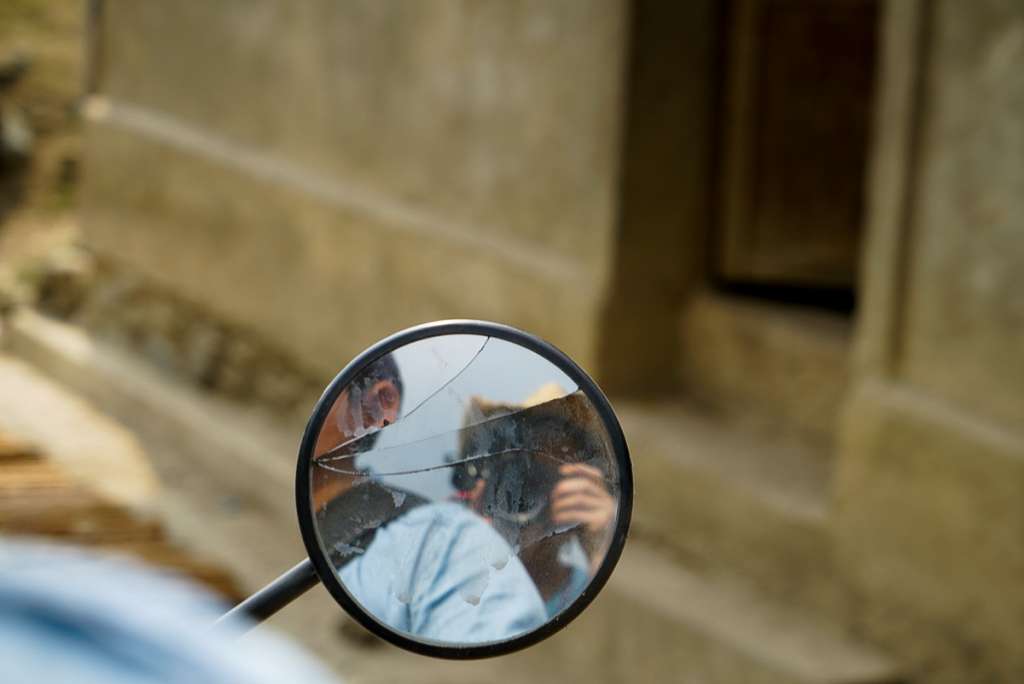
On the second day of the assignment, I traveled by foot and/or motorcycle. Bringing the video monopod was not going to work so I naturally fell into the rhythm of shooting video on the Sony and stills on the Canon. In fact, it reminded me of back when I shot film at weddings. I would load black and white film into one camera body and color in the other. And I still only shot with one camera body at a time. Back then the Leica had the Kodak TriX and my Nikon had the Fuji color film. With the Leica in my hands, I would see and compose in black and white, and while holding the Nikon I would concentrate on colors.
This time, with the Mark III in my hands, I shot stills. For video, I held the Sony. The setup worked well because I didn’t have to keep switching between still and video on the camera. When shooting video, I’d release the Mark III, let it slide down to my hip and take the Sony out of my lumbar pack. The Sony was all set to go on video with the settings and mic in place.
I did on a few occasions shoot stills with the Sony especially in low light situations. What I found was that the 24-70mm lens was great for video but not as sharp as I like for stills. I have used the Sony 24-70mm 2.8 lens, which is fantastic but much larger and heavier and not as easy to handhold without shake for long periods of time.
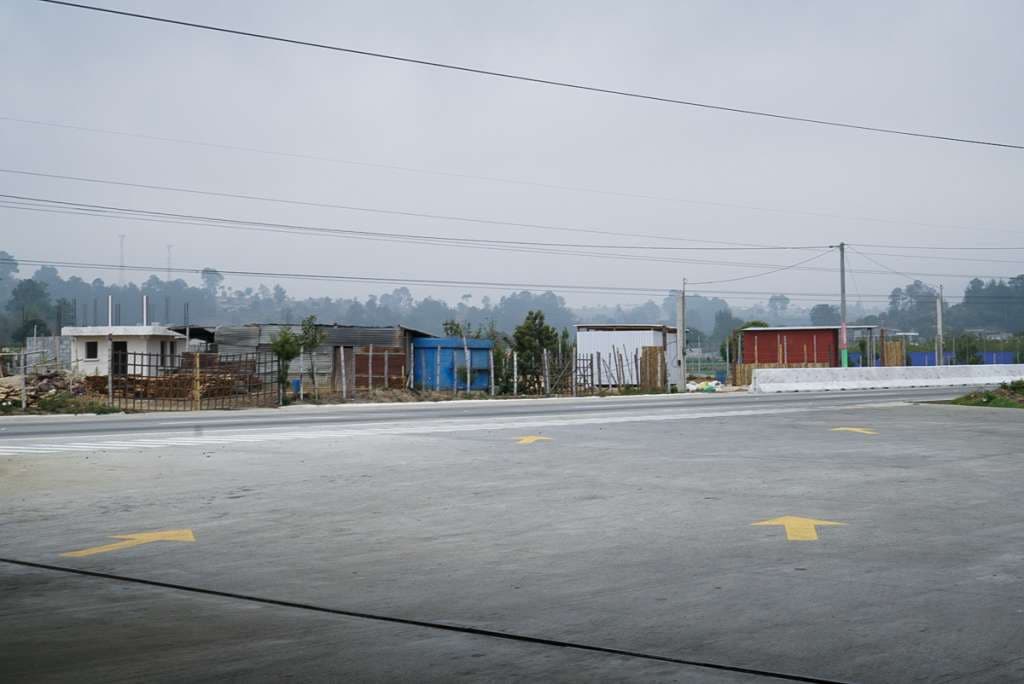
I am back now and editing the stills and footage for the client. The Sony 4k video is really beautiful and the audio – which I recorded directly into the camera – is great. And now I am thinking about what could have made my bag even lighter, or the job even more successful, and it really comes down the stills. If Sony creates a lens equivalent to the Canon 50mm 1.2, on the next assignment I’d be all Sony.
